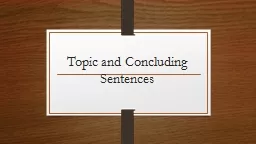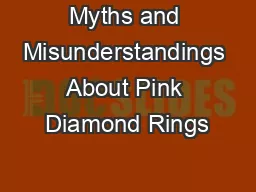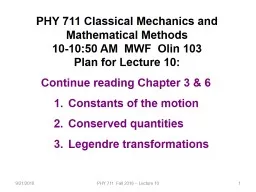PPT-Diamond Fall 2018 Diamond Concluding Reflections
Author : min-jolicoeur | Published Date : 2018-11-10
we have the opportunity to learn from the mistakes of distant peoples and past peoples Thats an opportunity that no past society enjoyed to such a degree My hope
Presentation Embed Code
Download Presentation
Download Presentation The PPT/PDF document "Diamond Fall 2018 Diamond Concluding Ref..." is the property of its rightful owner. Permission is granted to download and print the materials on this website for personal, non-commercial use only, and to display it on your personal computer provided you do not modify the materials and that you retain all copyright notices contained in the materials. By downloading content from our website, you accept the terms of this agreement.
Diamond Fall 2018 Diamond Concluding Reflections: Transcript
Download Rules Of Document
"Diamond Fall 2018 Diamond Concluding Reflections"The content belongs to its owner. You may download and print it for personal use, without modification, and keep all copyright notices. By downloading, you agree to these terms.
Related Documents














